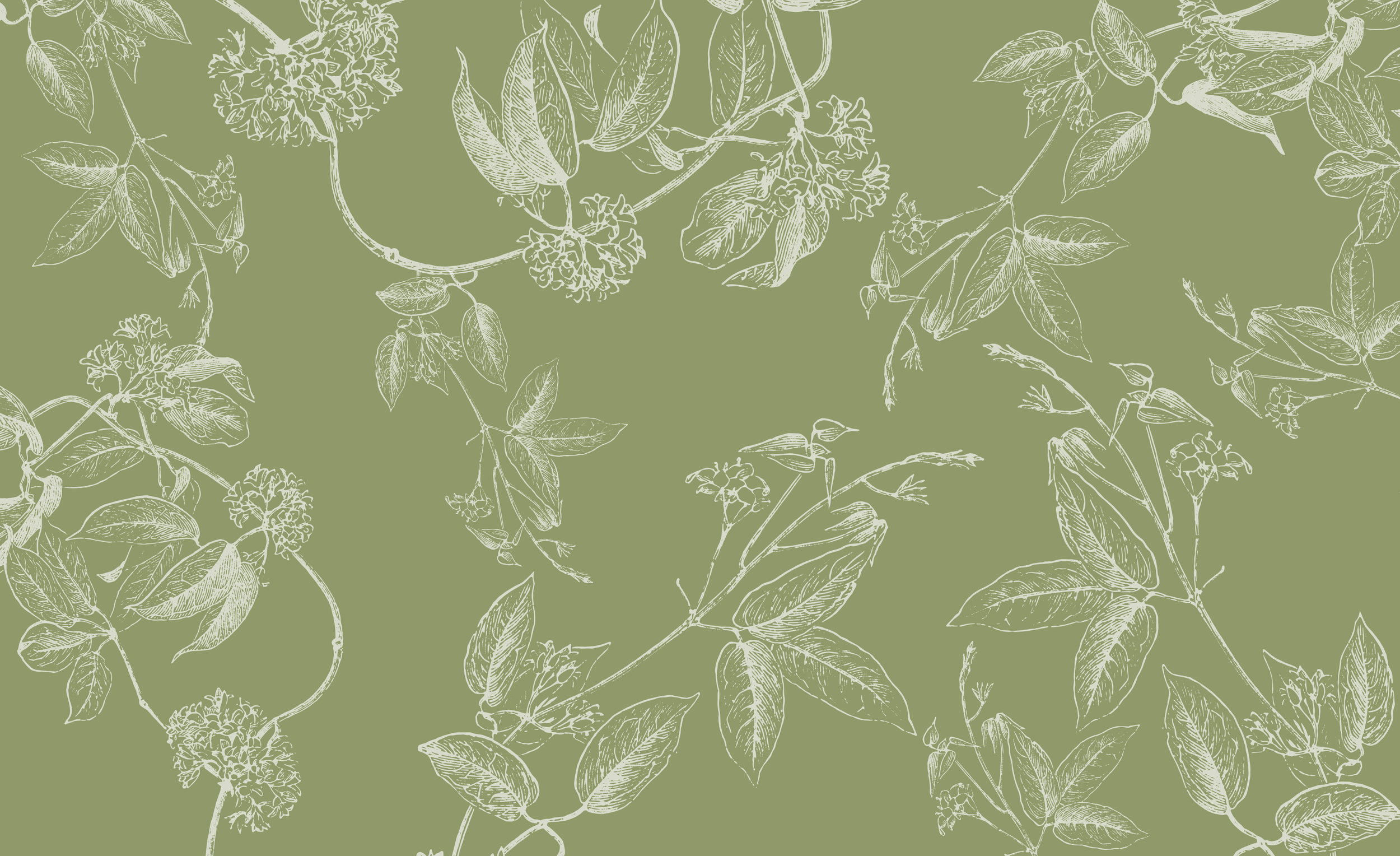
The History of Farewells
We understand that thinking about what happens to our bodies after we die can feel uncomfortable.
However, these conversations touch the essence of how we honour life and legacy, making them valuable to explore. For most of human history, burial has been the primary method of laying loved ones to rest. This ancient practice allowed the body to return to the earth, naturally breaking down over time.
Historically, the process was straightforward, with simple, biodegradable materials like untreated wood used for coffins, allowing for the breakdown to occur over 1-10 years. However, with modern coffins made from plastics, treated woods, and metals, decomposition can now take decades or even centuries, releasing harmful chemicals into the soil and groundwater, and creating lasting negative impacts on the environment. This contamination can disrupt soil quality, harm local ecosystems, and contribute to long-term environmental degradation.
Over the past 50-60 years, cremation has become the dominant choice worldwide, now accounting for more than half of all farewells. Several factors have driven this shift:
Space Constraints: Urbanisation and population growth have reduced available land for burials, pushing up costs as cemetery space becomes scarcer.
Cost: Cremation is often viewed as more affordable compared to the high costs of burial plots, coffins, and ongoing maintenance.
Cultural Shifts: Changing values and traditions have opened the door to new options that reflect modern preferences for simplicity and affordability.
While cremation addresses the challenge of land use, it introduces environmental concerns through carbon emissions and significant energy consumption.
The Rise of Cremation
Both burial and cremation come with environmental, logistical, and emotional challenges:
Environmental Impact: Traditional burials contribute to soil contamination from embalming fluids and non-biodegradable coffins, while cremation releases significant carbon emissions.
Land Use: Cemeteries require vast amounts of land, increasingly unavailable in urban areas.
Cost: Funerals, whether burial or cremation, can place a financial strain on families.
Emotional Experience: Traditional methods may not always offer the comforting, personal connection that families seek during times of loss.
As we face the challenges of modern life, it’s essential to align our values with our actions. Terramation offers a gentle, thoughtful approach that builds on our ancient connection to the earth, while also addressing modern needs.
For generations, we have sought comfort in nature by laying flowers, planting trees, and scattering ashes in places of deep personal meaning. Terramation honours this ancient inclination to return to nature by transforming human remains into life giving earth. It provides comfort to families, helps them build living legacies, and supports the health of the planet.
Challenges with Traditional Methods
Introducing Terramation: The Way Forward
Terramation blends the best aspects of both burial and cremation, creating a solution that honours traditional values while overcoming modern challenges. Like burial, it honours the tradition of returning loved ones to the earth, but it removes the logistical challenges of zoning land for bodies. Like cremation, it provides an efficient use of land but instead of producing toxic ashes, it generates clean, life giving earth which is opens up a range of new memorialisation options in addition to being compatible with all existing options. Evergrove sees a world where farewells not only heal us in our grief, but also heal the planet for generations to come.
To compare terramation with other death care options, you can access our comparison table here. Explore more about how terramation works here and dive deeper into our vision for the future here.
